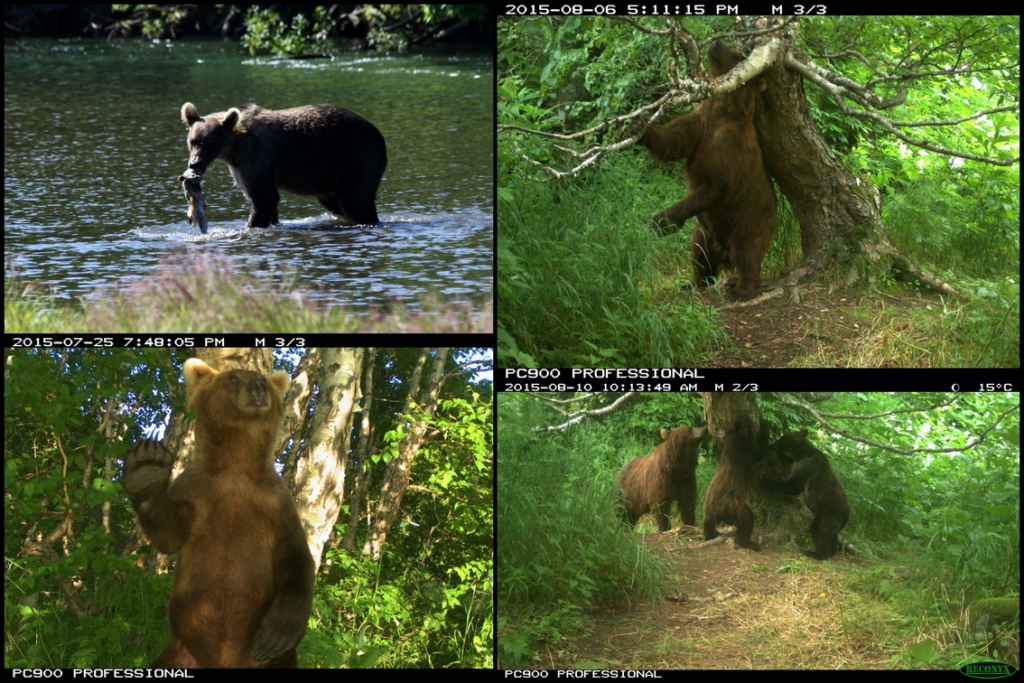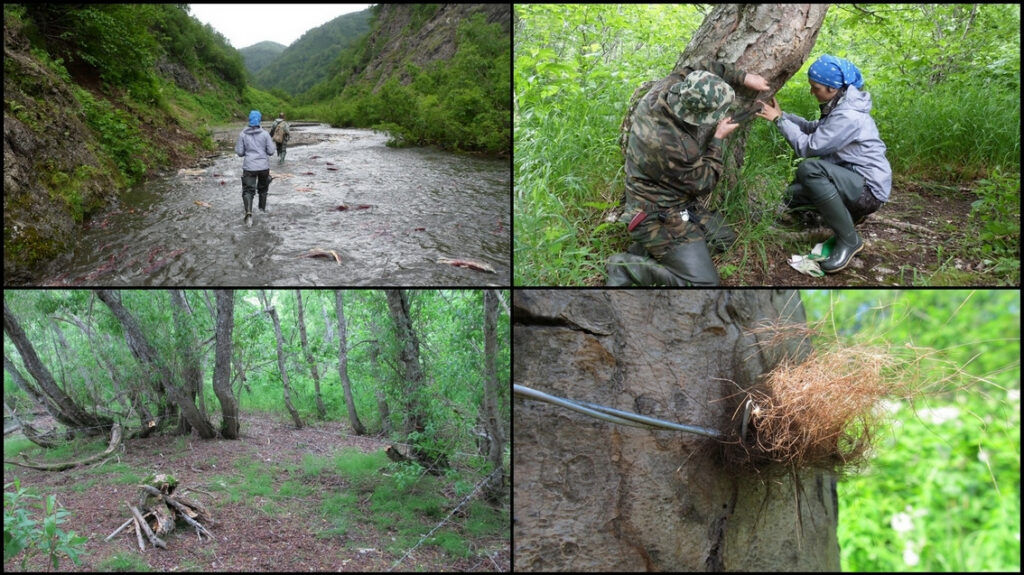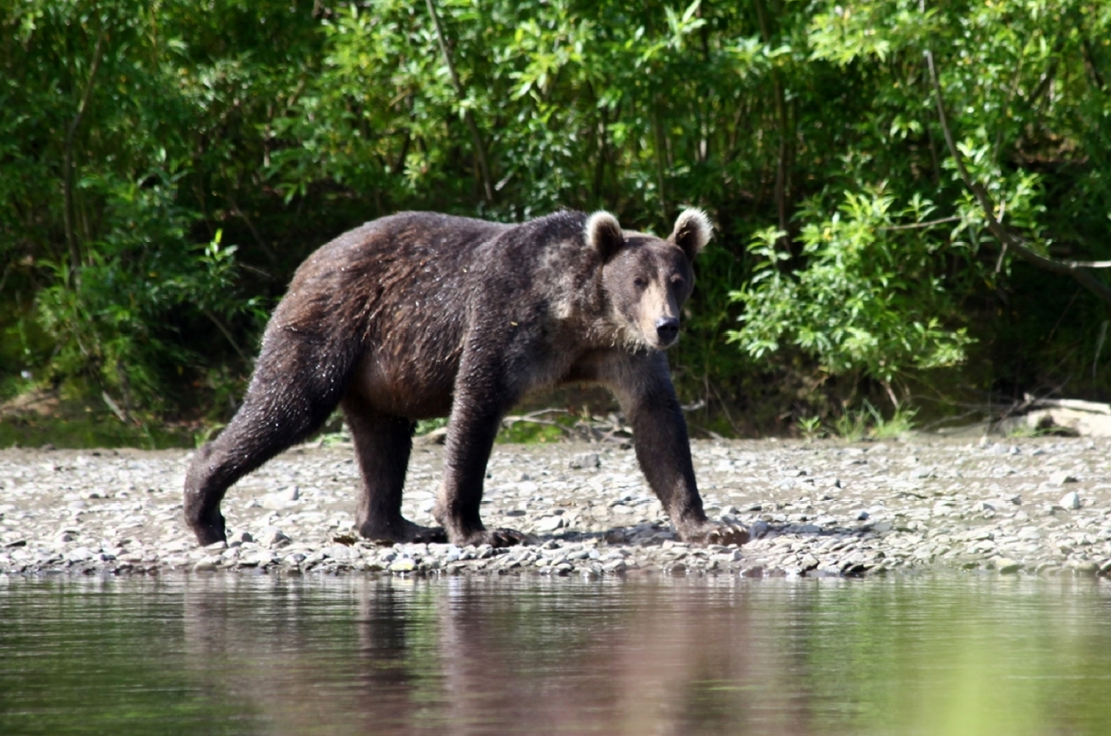The aim of the project is to develop a science-based program of conservation, population health monitoring and human-bear conflicts mitigation for the Kamchatka brown bear. The team supposes that the recent rise of human-bear conflicts resulted from the increased stress level during the past decades due to the high anthropogenic pressure and resource degradation. The project will discover whether there is a correlation between these external factors and the health of the population (including genetic diversity and stress level).
The objectives are:
- To investigate genetic structure and genetic diversity of the population,
- To estimate the level of cortisol for understanding bears’ reactions to long-term stress due to environmental changes and anthropogenic pressure,
- To assess the role of various food categories in the diet of bears during the fattening period and to evaluate whether a linkage exists between stress level and diet of bears,
- To compare the current data from hair samples and the same obtained in 2002 – 2005 to reveal the dynamics in population health,
- To analyze the current situation in human-bear conflicts (causes, trends and consequences) and to suggest the initial preventive measures based on the pilot study results.
Genetic research shall be done by collecting hair samples to gather DNA material, through hair-trapping stations. These are ‘favorite’ rubbing trees used by the bears to mark their territory with scent. The trees are wrapped in barb-wire, which captures the bears’ hair. Direct behaviour observations are also done, next to mapping the bears’ habitat (e.i. vegetation, terrain, food items, negative human impacts etc.).




